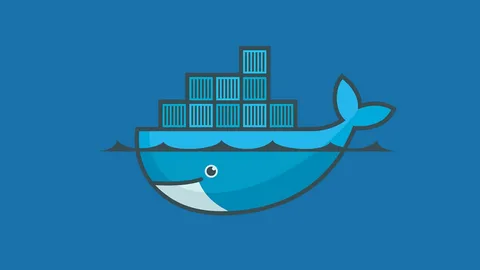(四)Openstack学习之WSGI:自己动手写例子
WSGI 是Web Services Gateway Interface的缩写. 如果想深入了解,可以阅读 PEP333 文档,包含有任何你想要的:)community errata, .这篇文章将手把手教你写一个简单的WSGI例子。注意:我用的Python版本是.2.7.x.最经典,最简答的WSGI样当属 HelloWorld app.咱们将要用到 v
WSGI 是Web Services Gateway Interface的缩写. 如果想深入了解,可以阅读 PEP 333 文档,包含有任何你想要的:)community errata, .这篇文章将手把手教你写一个简单的WSGI例子。
注意:我用的Python版本是.2.7.x.
最经典,最简答的WSGI样当属 Hello World app.
咱们将要用到 virtualenv 去创建一个封闭的Python项目环境:
$ virtualenv wsgi-example
$ cd wsgi-example
$ source bin/activate
|
然后在该目录下新建一个文件: wsgi_app.py 并且添加如下的代码 :
from __future__ import print_function
from wsgiref.simple_server import make_server
def myapp(environ, start_response):
response_headers = [( 'content-type' , 'text/plain' )]
start_response( '200 OK' , response_headers)
return [ 'Hello World' ]
app = myapp
httpd = make_server('', 8080 , app)
print ( "Starting the server on port 8080" )
httpd.serve_forever()
|
把项目跑起来:
$ python wsgi_app.py
|
之后就可以测试啦,测试有浏览器或者命令cURL两种方式,返回的应该是hello world 哦:
$ curl http://localhost:8080 -v
|
上面这个例子虽然清晰,但是一点都不爽啊so easy。let's high 起来。接下来我们继续往里面赛一条消息 。
修改 wsgi_app.py 文件成下面这个样纸:
from __future__ import print_function
from wsgiref.simple_server import make_server
from urlparse import parse_qs
def myapp(environ, start_response):
msg = 'No Message!'
response_headers = [( 'content-type' , 'text/plain' )]
start_response( '200 OK' , response_headers)
qs_params = parse_qs(environ.get( 'QUERY_STRING' ))
if 'msg' in qs_params:
msg = qs_params.get( 'msg' )[ 0 ]
return [ 'Your message was: {}' . format (msg)]
app = myapp
httpd = make_server('', 8080 , app)
print ( "Starting the server on port 8080" )
httpd.serve_forever()
|
把程序跑起来,测试还是刚才那样。如果程序还在运行中,可以CTRL+C快捷键暂停并且重启。
$ curl http://localhost:8080/?msg=Hello -v
|
接下来,让我们继续聊中间件。你可以在这里 获得一些信息。这里我会写一个添加了HTTP 头回复的中间层例子。中间件可以做任何你能够想象的到的事情,例如session,认证等等。
中间件例子:
from __future__ import print_function
from wsgiref.simple_server import make_server
def myapp(environ, start_response):
response_headers = [( 'content-type' , 'text/plain' )]
start_response( '200 OK' , response_headers)
return [ 'Check the headers!' ]
class Middleware:
def __init__( self , app):
self .wrapped_app = app
def __call__( self , environ, start_response):
def custom_start_response(status, headers, exc_info = None ):
headers.append(( 'X-A-SIMPLE-TOKEN' , "1234567890" ))
return start_response(status, headers, exc_info)
return self .wrapped_app(environ, custom_start_response)
app = Middleware(myapp)
httpd = make_server('', 8080 , app)
print ( "Starting the server on port 8080" )
httpd.serve_forever()
|
访问终端:
$ curl http://localhost:8080/ -v
|
结果差不多应该是介个样子的:
* Connected to localhost (127.0.0.1) port 8080 (#0)
> GET / HTTP/1.1
> User-Agent: curl/7.30.0
> Host: localhost:8080
> Accept: */*
>
* HTTP 1.0, assume close after body
< HTTP/1.0 200 OK
< Date: Sat, 08 Feb 2014 00:16:00 GMT
< Server: WSGIServer/0.1 Python/2.7.5
< content-type: text/plain
< X-A-SIMPLE-TOKEN: 1234567890
< Content-Length: 18
<
* Closing connection 0
|
更多推荐
 已为社区贡献1条内容
已为社区贡献1条内容









所有评论(0)